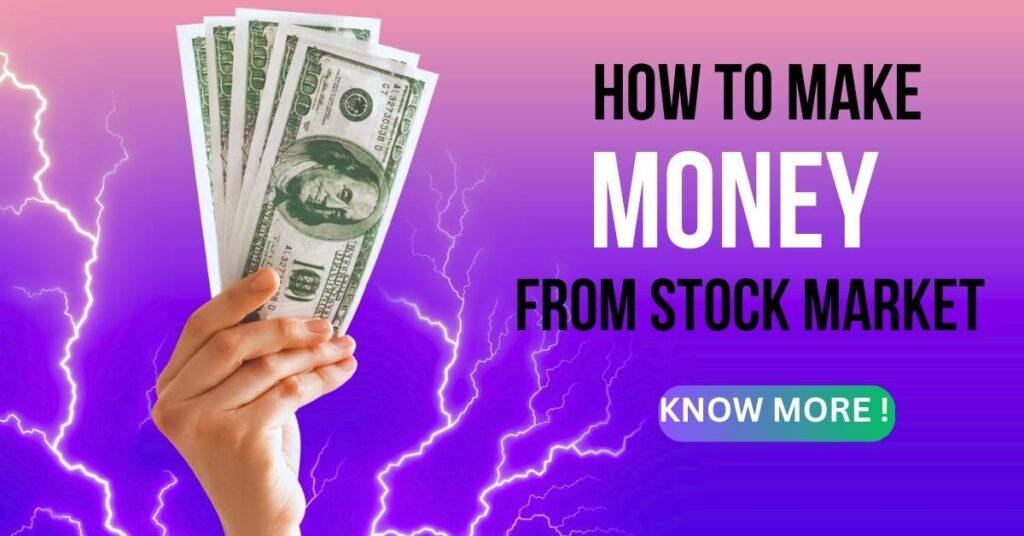Future & Option

What is F&O (Futures and Options)?
Futures and options are financial derivatives that allow traders to speculate on the price movements of an underlying asset without actually owning it. Futures contracts obligate the buyer to purchase an underlying asset, while the seller must deliver it at a predetermined price and date. In options contracts, the buyer has the right, but not the obligation, to buy or sell the underlying asset at a predetermined price and date, while the seller must honour the contract if the buyer chooses to exercise their option.
The trading of futures and options can be complex and involves significant risk. The value of these derivatives can be affected by a range of factors, including market volatility, changes in interest rates, and fluctuations in currency exchange rates. Traders may face substantial losses if their positions move against them.
The concepts related to derivatives are vast and have many nuances. The following modules on Varsity briefly explain F&O:
What is the basic concept of future trading?
What Are Futures? Futures are derivative financial contracts that obligate parties to buy or sell an asset at a predetermined future date and price. The buyer must purchase or the seller must sell the underlying asset at the set price, regardless of the current market price at the expiration date
F&O stands for Futures and Options. Futures and Options represent Derivatives of the stock market. These Derivatives are the financial instruments deriving their values from an underlying such as currency, gold, or the stocks of a company. You could earn a profit by trading these derivatives independently of the underlying assets.
Before going into the details of the Futures and Options, let us first understand what Derivatives are and its types.
What are Derivatives?
It is a contract between two parties with a value based on agreed upon underlying financial assets like security or set of assets like an index. The underlying instruments of derivatives are generally bonds, currencies, commodities, interest rates, market indexes and stocks.
Futures and Options commonly known as F&O are popular derivatives.
Types of Derivatives:
Derivatives are primarily of two types namely Exchange-traded and Over the counter.
- Exchange-Traded:
This kind of derivatives are traded through organized exchanges around the world, where they could be bought and sold just like the stocks. The most popular Exchange Traded Derivatives are Futures and Options. We are going into the details of Futures and Options in the following sections. - Over the Counter:
These derivatives are not traded through Exchanges and are not standardized having varied features. Some over the counter (OTC) derivatives are forwards, swaps, swaptions etc.
What are Futures?
A Future refers to a contract for buying or selling the concerned underlying asset for a specific price at a predefined time. Buying a Futures contract would mean that you promise to the pay the price of the concerned asset at a predetermined time. While Selling a Futures contract means you promise to transfer the concerned asset to the buyer at a predetermined price at a specified time. These underlying assets in a futures contract mainly comprise of equity stocks, indices, commodities and, currencies.
While there is a difference in the price of underlying assets for the futures and the spot market (a market where the assets are transferred immediately). This difference is known as Basis and is generally negative due to interest cost, storage cost, insurance premium etc. as incurring expenses. This condition in which the Basis remains negative is called Contango. This negative value depicts the Future to be more profitable.
It depends upon the Basis that you tend to have profit or loss from a futures contract. Sometimes, holding an asset in physical form is more profitable than futures due to dividends earned on it. This can at times cause the value of Basis to be positive. The condition of Basis being positive is called Backwardation, which generally tends to happen when the price of the asset is about to fall. Upon reaching the maturity of the futures contract, the futures prices tend to have a price nearly equal to spot price and thus basis tends to become zero upon reaching the maturity.
What are Options?
Options are investment instruments which give the holder the right to buy or sell the underlying asset at a predetermined price. An Option can be a Call option or a Put Option.
While the Call Option gives the buyer the right buy the underlying asset at a predetermined price also known as Strike Price. If you have a Call option you have the right to demand the sale of the underlying asset from the seller, while the seller only has the obligations and not the right. The right here lies with the buyer while the seller only has the obligation for which he gets paid a price called Premium.
Thus, the buyer of a Call option will not exercise his option, in a case on expiry, the price of the asset is lesser in the spot market than that of the Strike price of the call. Similarly, the buyer of a Put Option will not exercise his option, in a case on expiry, the price of the asset is greater than that of the Strike price of the call.